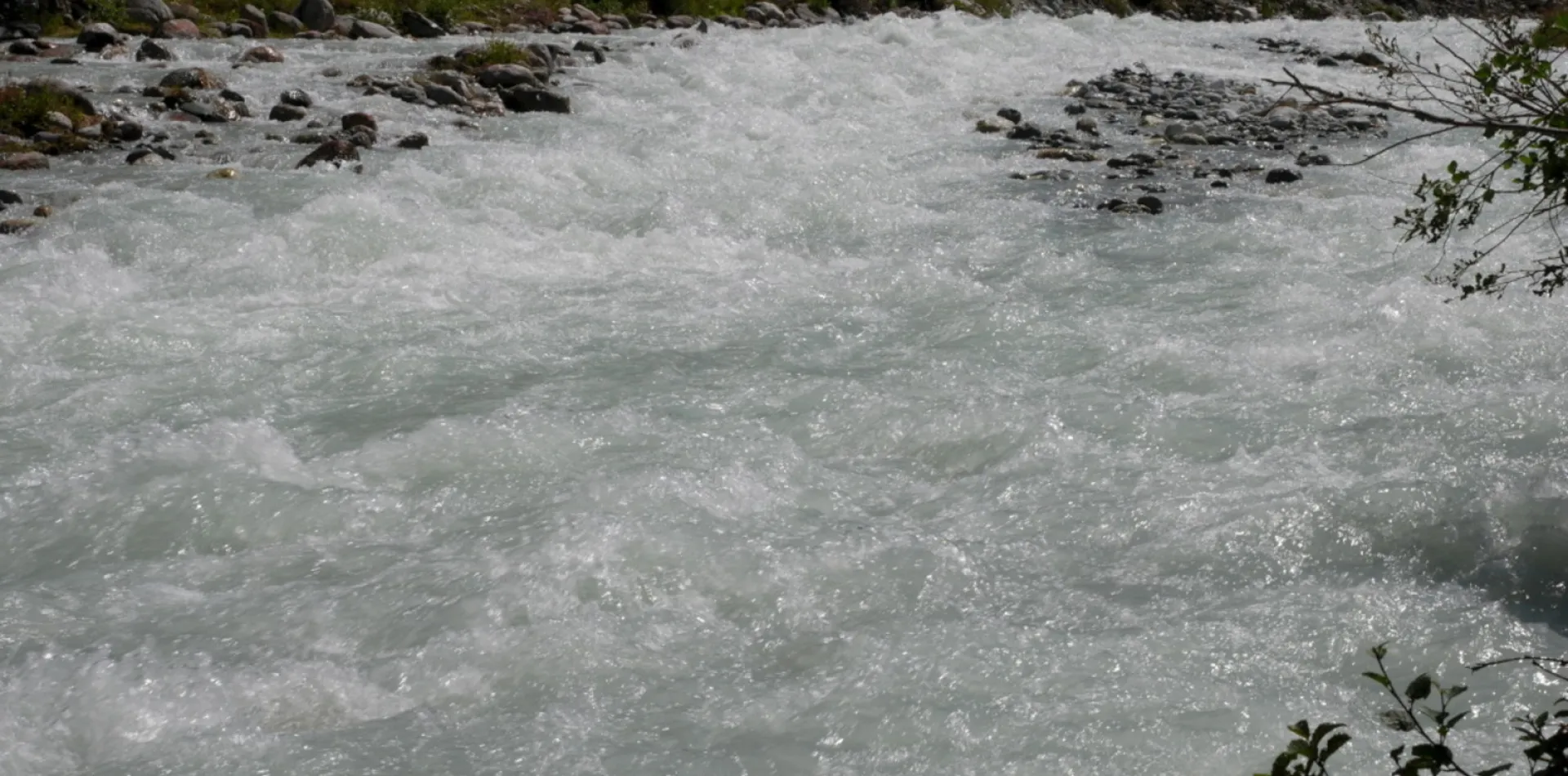Description
Using monitoring points linked to a global hydrological model, the MétéEAU Nappes website provides near-real-time data from measurements taken on the national piezometric network managed by the BRGM. These data are displayed in the form of maps and dynamic curves resulting from modelling and forecasting of low and high water levels (linked to droughts and floods). Based on monitored meteorological, hydrological and piezometric data (sometimes combined with abstraction data), global models are used to forecast groundwater levels at these monitoring points (Gardénia, ÉROS et Tempo ©BRGM). These forecasts, launched over six months, are compared with the piezometric drought thresholds defined by the prefectural decrees restricting use. Meteorological, hydrological and piezometric data are posted online in real-time on several representative sites in mainland France.
MétéEAU Nappes offers a set of services for monitoring the current and future behaviour of aquifers in France (and by extension, for management aspects, the anticipated availability of water resources). It is a true decision-making support tool for water resource management in high-stake areas.
Climate change and the probable resulting strain on water resources, several public and private partners have already expressed their interest in this tool.
Features and services
The MétéEAU Nappes web application offers a variety of services useful for the management of low water levels and risks of flooding by rising water tables:
- a public-access website hosted on a BRGM server;
- a user-friendly and easy-to-understand web interface (maps and curves in real-time, dynamic data sheets updated with each connection; i.e. refreshed to the current date);
- a historical and real-time display (map and curves) of meteorological - groundwater - surface water data produced by various institutions (French centralised service for hydro-meteorology and flood forecasting support, Météo-France, BRGM);
- a map of the status of aquifers on the current date, in the past or in the future (forecasts on aquifer behaviour): current Standardised Piezometric Indicator (SPI) calculated from data in the ADES national database and piezometric data measured in real-time (hosted on a BRGM FTP server), previous SPI or forecast SPI from data on forecasted aquifer levels depending on various climate scenarios (or various withdrawal scenarios) ;
- curves with a set of relevant superimposed information (piezometric levels: measured historical data, real-time data, forecast levels; drought/flood piezometric thresholds; real-time river flow; real-time rainfall);
- tools associated with maps and curves: tooltips, zoom thresholds, chronicle history, legends, possibility of displaying or hiding a point or a curve, printing, image downloading;
- an automatic monthly refresh with Gardénia of the forecasted water level data with recent meteorological data (current, previous month);
- access to metadata associated with presented forecasts (model used, time step, calibration period, correlation coefficient, stations used [meteorological, groundwater and surface water], whether or not withdrawals are taken into account, natural ground level in line with the piezometer, bibliographical source of piezometric thresholds [prefectural decrees, BRGM studies, etc.]) ;
- a dynamic private application programming interface (API) (for a selected piezometer: return of forecasted piezometric curves, and return of a point with symbology and colour of the current or forecasted SPI, etc.).
In june 2025, BRGM published a modernized version of the MeteEAU Nappes web application.
This version responds to the expected changes from a graphical and functional point of view, and the needs of different users (accessibility, ergonomics...). This redesign show a tool with a user-friendly interface, aesthetic, modern, clean, practical, responsive design, understandable and easy to use. Now, the application shows the french national groundwater bulletin. The application is open access. Water experts will access to advanced options (restricted features, confidential models) after login via their own account (with email and password)*.
(*): As the modernized version of the web application uses the new Keycloak authentication system, users will need to validate their account through this software.
User guide for the cartographic and graphic application portal
You can download at the bottom of this page a guide to help you use the cartographic and graphic application of the website MétéEAU Nappes.

